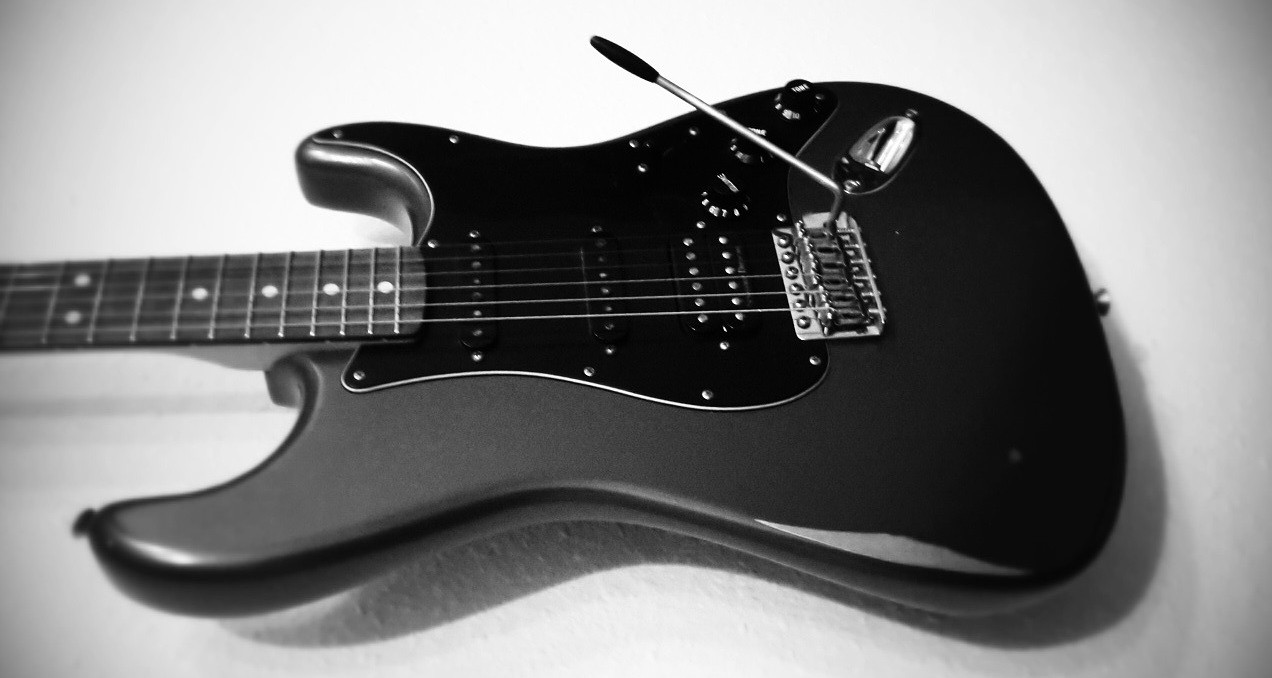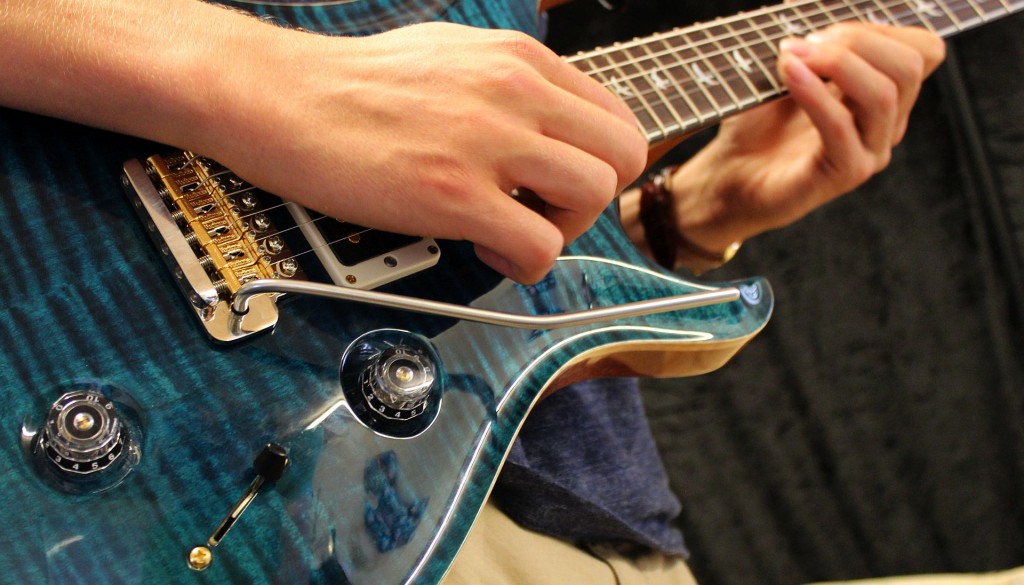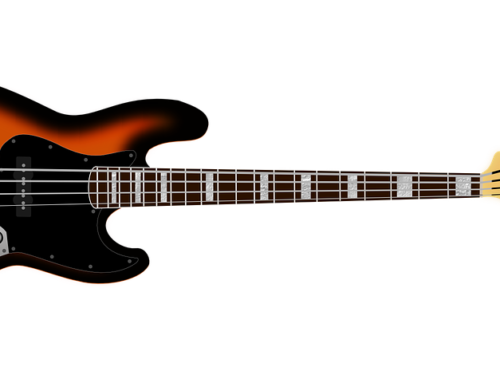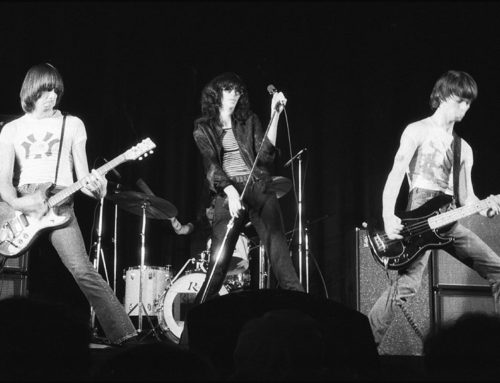If you have not heard of the floating bridge guitar, then perhaps you have been living under the rocks. Just so you know, most guitars out there have a fixed bridge. Meaning to say, the entire bridge does not, and will not, have any leeway to move around.
Just in case you are wondering what is a bridge, the bridge is a small device that is located underneath the strings and located on the body of the guitar itself. Its sole purpose is to support the strings. It then translates the vibration of the string on a soundboard at the top of the guitar, which in turn translate the vibration into sound and release it out.
Quite a mouthful, isn’t it? To summarize everything, the bridge helps to translate the sound out of the guitar when you hit on the strings.
But why is there a need to have a floating guitar bridge then?
Why The Need For A Floating Bridge Guitar

Essentially, by having a floating bridge, you are actually adding another dimension to your playing. For those conventional acoustic bass guitar or even the short scale bass guitar, they are usually a fixed bridge guitar. As such, the sound that you produce cannot be ‘bent’.
Unlike those guitars, the floating bridge guitars allow you to ‘bend’ the sound by virtue of the fact that the bridge itself is movable. When the bridge is movable, it allows you to change the intonation of the sound! Typically, the sound produce is rounder and warmer than the regular guitars.
By the way, the sound is ‘bent’ when you move the tremolo bar upwards or downwards!





